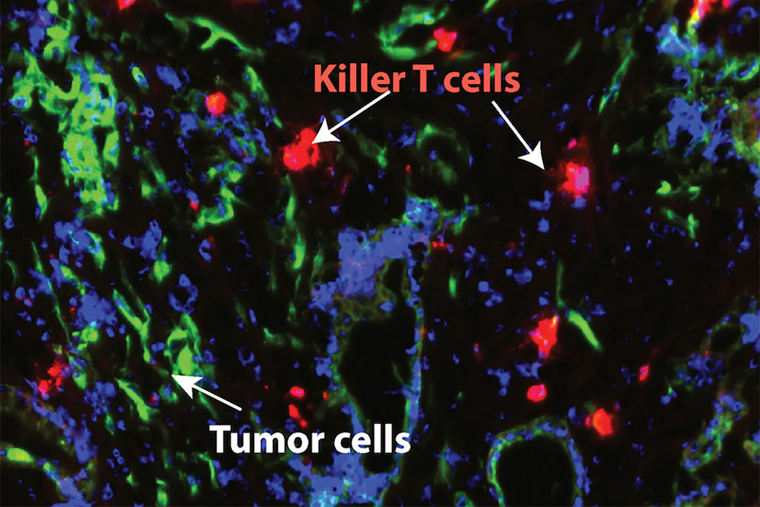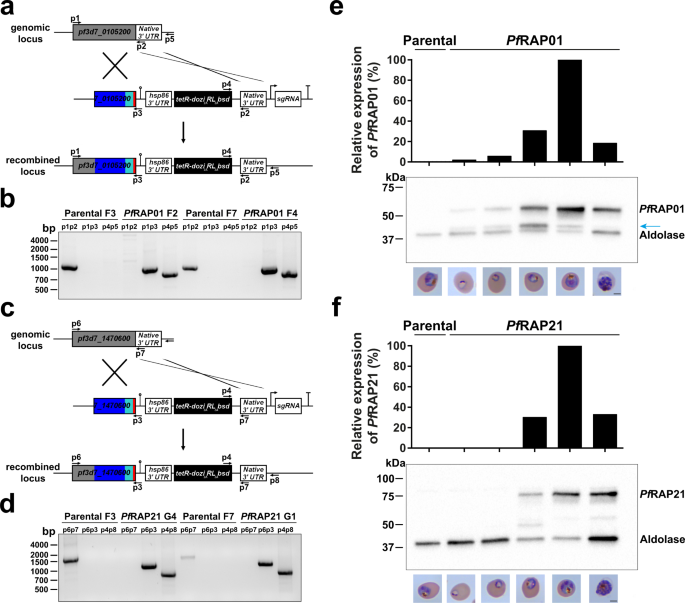2022-03-04 スウェーデン王・王立工科大学(KTH)
Abstract
Mucus covers the epithelium surfaces playing a key role in the barrier, hydration, lubrication and bioactivity functions for the human body, and mucins are the fundamental components of mucus which provide such functions. However, many details in how these functions are related to the many structural features of mucins are still unknown. In this thesis, strategies were developed to modify mucin structures in defined ways to gain insights and controls over several key functions of this molecule. We altered functional motifs on the mucin molecules, and changed the conformation of mucin networks to modulate the accessibility of such functional motifs. Then functional outcomes, including macrophage responses, diffusion of molecules through mucin networks, and mucin lubricity were studied. This thesis is organized into three parts according to the three functions.
We found that the responses of macrophage to mucins were modulated by changing the location of crosslinks between mucins and by the immobilization of mucins onto surfaces. Mucins’ bottle-brush structure allowed their crosslinking either via the protein backbone or via the glycan side chains with similar crosslinking density. With the same crosslinking structure, the placement of mucin thin film on hard substrate and soft substrate led to different macrophage responses, and only mucin coating on soft gel induced similar immune responses as that of mucin gels. A better understanding of how mucin bioactivity, and specifically immune-modulating properties, can be modulated, provide new strategies to develop biomaterials with defined bioactivities. This work could also inspire innovative treatments to modulate mucin bioactivities in vivo to treat mucin-related diseases such as for mucinous cancers.
The diffusion of molecules through mucin gels was modulated by changing the gel network and their affinity filtration capacity. By locating the crosslinking sites on the protein backbone or the glycan chains, the gel network remained the same with similar diffusion profiles of dextrans. However, with simple change of mucin concentration, molecules of different size diffused faster in gels with lower mucin concentration. The affinity filtration of mucin gel was modulated by removing sialic acids, which acts as binding sites for molecules or cells via electrostatic interactions or specific binding, and the binding can slow down diffusion of cells or molecules. By altering sialic acid contents, the diffusion of charged dextran was modulated and the penetration of sperms was increased. With the understanding, mucin gels with controlled permeability can be designed for loading drugs or encapsulating tissue. And strategies can be developed in the future for treating mucus barrier related disease in vivo, such as inflammatory bowel disease.
The hydration & lubrication of mucin coating was modulated with changed mucin structure and removal of associated impurities. The hydration of mucin coatings remained the same, but their lubricity was lost by removing negatively charged sugars. However, the components associated with mucin, such as DNA, compensated for the missing of negative sugars. Commercial PGM was found with damaged glycosylation and missing peptide domains, and its lubricity was lost completely compared to lab-purified mucins. With this knowledge, mucin structure can be modulated for desired hydration and lubrication performance, and this can inspire to develop strategies for restoring their hydration and lubricity in vivo during diseases, such as dry eye.



